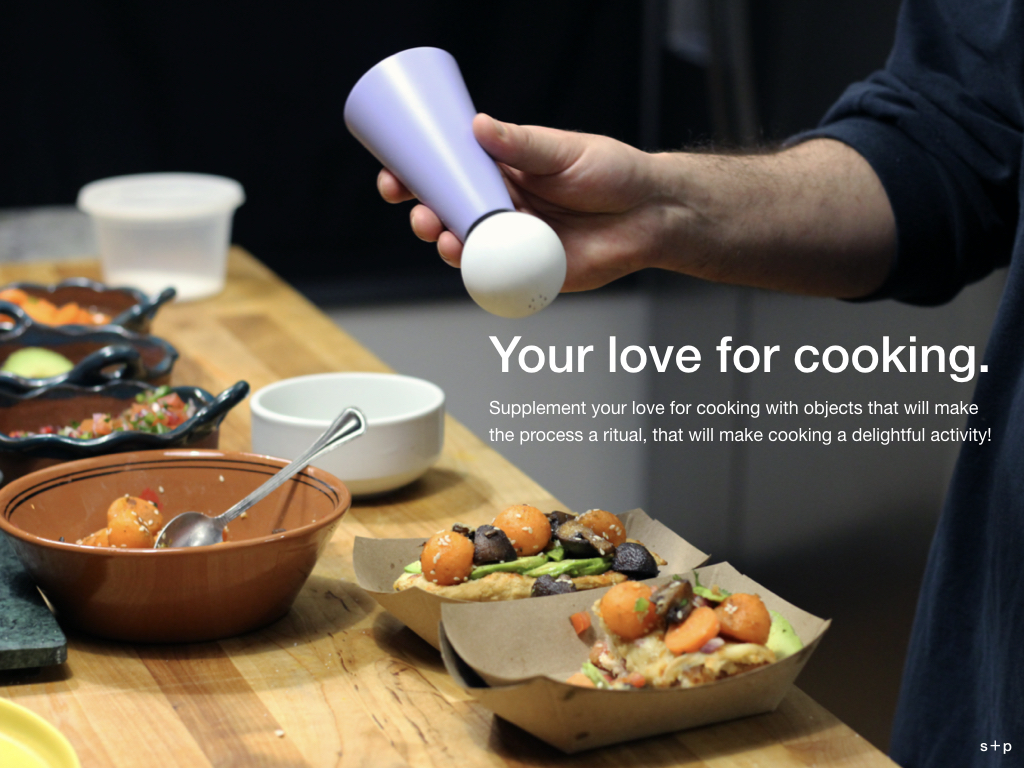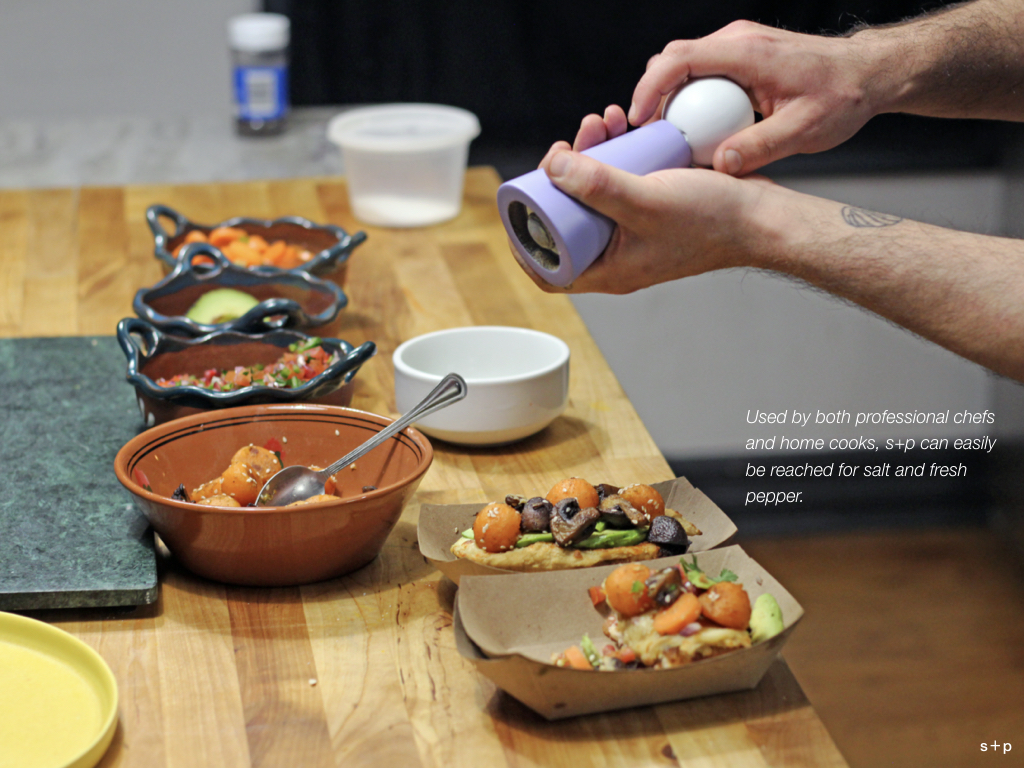& Construction

Integrated BIM tools, including Revit, AutoCAD, and Civil 3D
& Manufacturing

Professional CAD/CAM tools built on Inventor and AutoCAD
2 min read

Even though we’ve been spending all this time at home, the relationships we have with our belongings haven’t evolved much. We still interact with the items we use every day without thinking much about their impact on us. Hector Silva is a design educator who firmly believes in the importance of appreciating daily design opportunities—especially during this time when we are all at home and remote learning is in full effect.
While working with students at Notre Dame, Silva created a brief that challenged his class to re-design some of the most mundane tasks at home, including how to add salt and pepper to your meal before consuming it. “We have been exposed to the default design of the institutionalized glass and metal cap salt and pepper shaker in western culture, or even the classic salt and pepper packets from McDonald’s,” Silva says.

It may seem redundant or strange to reconsider an everyday action, but these exercises are vital for identifying less than perfect designs or experiences that may have been ignored in the past because we’ve gotten comfortable in the way we’ve always done them. “With every project I do with my students, I do my best to replicate industry projects and processes,” Silva explains. “This includes every aspect of the product development process: CAD, sketching, prototyping, development, manufacturing, and presentation.” Without learning all of these processes in their totality, we cannot foster future generations of successful designers.

s+p prototype.
As Silva rightfully points out, if you don’t travel and experience how people live in other countries, you would never be exposed to the ways design adapts to fit different cultural needs. To that point, Silva’s salt and pepper assignment focused on global design rather than local. “The students looked at different salt and pepper experiences around the world. We let the data and research drive the concept development.” It seems kind of obvious when you say it out loud, but salt and pepper are used differently around the world based on dietary habits and food culture in general. The final result (designed by the whole class) is s+p, a single product that features a pepper grinder at the bottom and a salt shaker at the top.
Remote learning poses a slew of challenges for design educators like Silva who are used to teaching physical industry skills in person. To ease some of these pain points, Silva used Fusion 360’s cloud platform to observe project statuses and give feedback remotely. Students were able to easily share their work with Hector without ever having to meet him face to face.

“Using Fusion 360 to immediately implement my students’ concepts, and sending them to 3D print was the ideal path, especially during remote learning,” Silva says. Fusion 360 helped Silva enable a rapid turnaround for the project, and as anyone knows, ideating quickly helps you fail fast, and more importantly, succeed fast too. “Fusion 360 is like a pickup and go type of software,” he continues. “It has a very minimal learning curve, especially for students that had zero CAD experience. Because of all of these benefits, it was no brainer to use Fusion 360 over any other software.”
If you’re a design educator looking for a more seamless solution for remote learning—or just someone looking to ease workflow between colleagues—try out Fusion 360’s cloud platform today.
By clicking subscribe, I agree to receive the Fusion newsletter and acknowledge the Autodesk Privacy Statement.
Success!
May we collect and use your data?
Learn more about the Third Party Services we use and our Privacy Statement.May we collect and use your data to tailor your experience?
Explore the benefits of a customized experience by managing your privacy settings for this site or visit our Privacy Statement to learn more about your options.